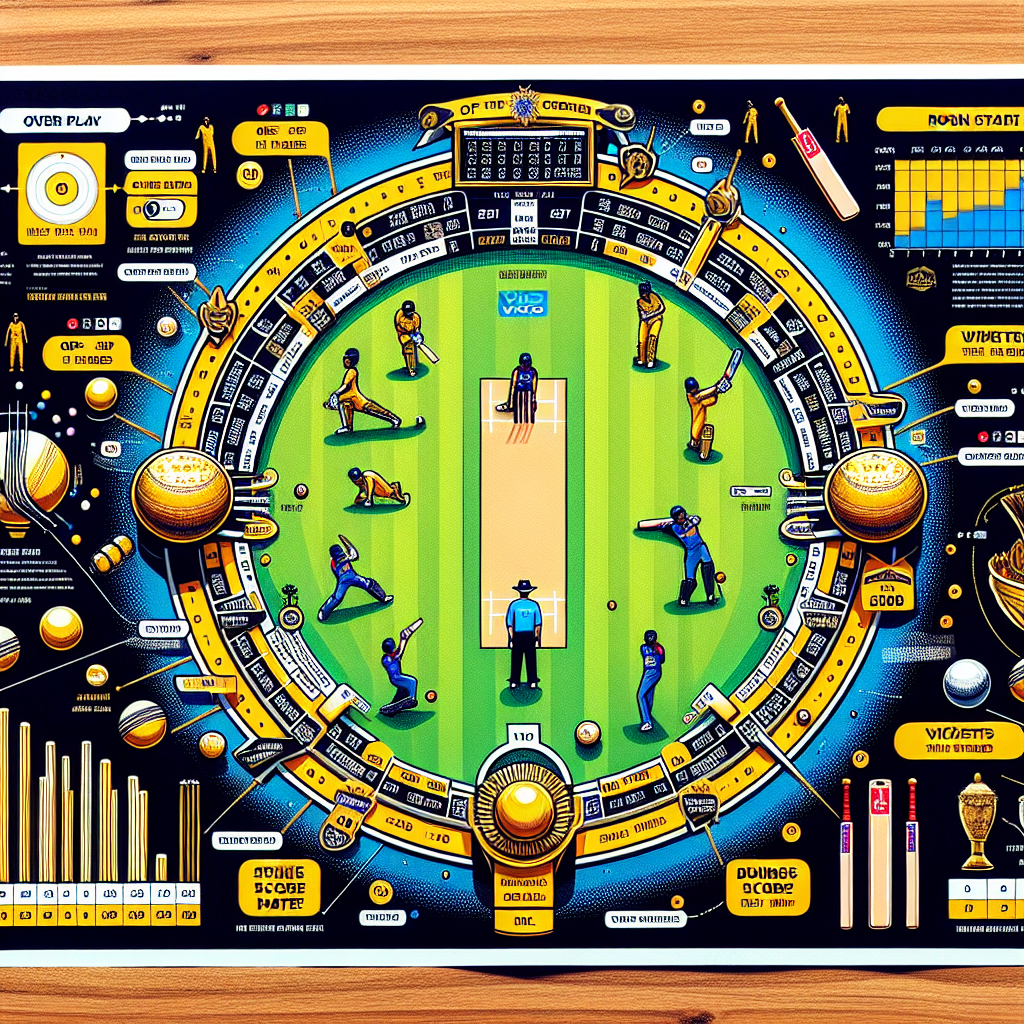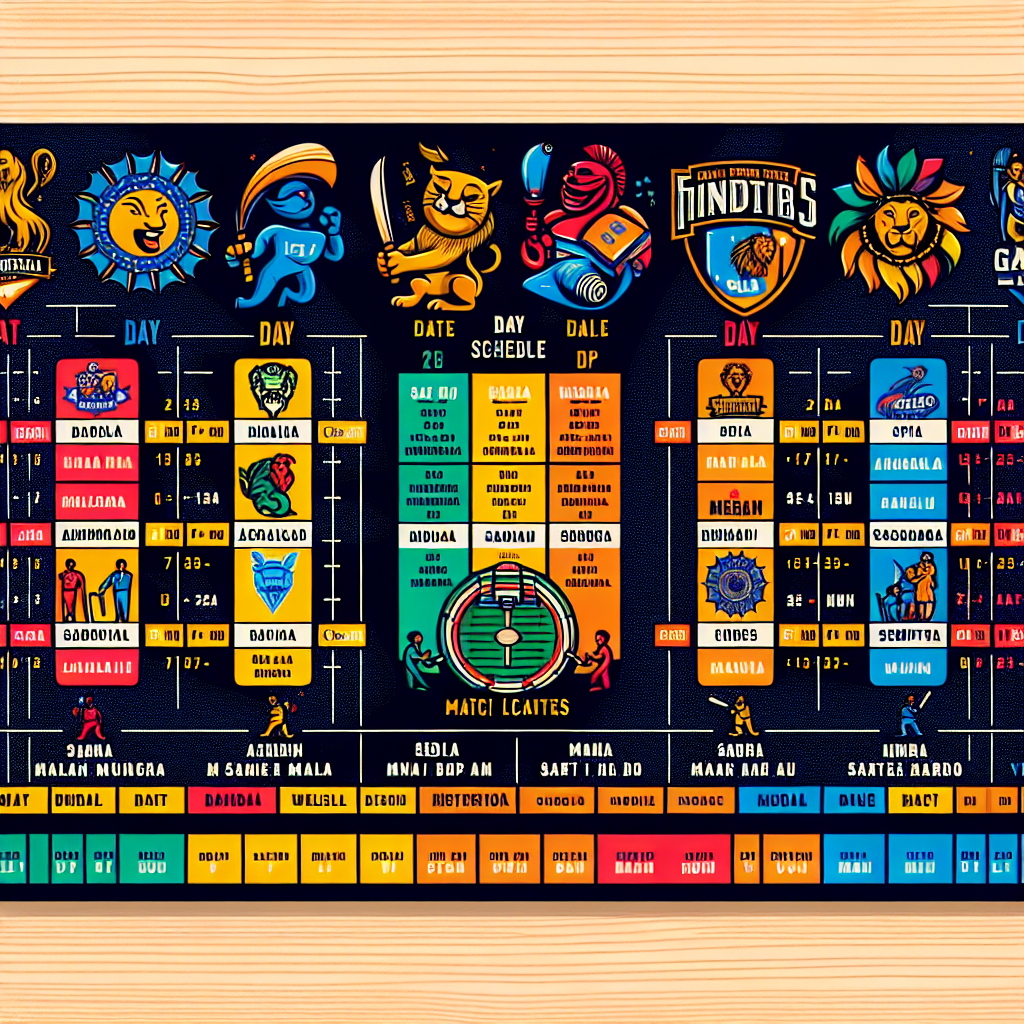
The Indian Premier League (IPL) has revolutionized the world of cricket since its inception in 2008. With its fast-paced matches, star-studded line-ups, and electrifying atmosphere, the IPL has become a global phenomenon. One of the key elements that fans and analysts focus on is the IPL match chart, which provides a detailed overview of the tournament's schedule, team performances, and player statistics. In this article, we will delve into the intricacies of the IPL match chart, exploring its components, significance, and how it enhances the overall experience of the league.
What is an IPL Match Chart?
An IPL match chart is a comprehensive representation of the tournament's schedule and results. It includes information about the fixtures, venues, team standings, and individual performances. The chart serves as a vital tool for fans, analysts, and teams to track the progress of the league and make informed decisions. It is typically updated in real-time, providing the latest data on matches and player statistics.
Components of an IPL Match Chart
- Fixtures: The chart lists all the matches scheduled for the season, including the date, time, and venue of each game.
- Team Standings: It displays the current rankings of the teams based on their performance in the league.
- Player Statistics: Detailed stats of individual players, such as runs scored, wickets taken, and strike rates.
- Match Results: Outcomes of each match, including the winning team and margin of victory.
- Points Table: A tabular representation of the points accumulated by each team, factoring in wins, losses, and net run rate.
The Significance of the IPL Match Chart
The IPL match chart is more than just a schedule; it is a strategic tool that influences various aspects of the tournament. Here are some reasons why it holds significant importance:
For Fans
Fans rely on the match chart to keep track of their favorite teams and players. It helps them plan their viewing schedules and engage more deeply with the tournament. The chart also serves as a conversation starter, allowing fans to discuss team strategies and player performances.
For Teams
Teams use the match chart to strategize and prepare for upcoming games. By analyzing the chart, they can identify key matches, assess their competition, and make tactical decisions. The chart also helps teams manage player workloads and rotations effectively.
For Analysts and Commentators
Analysts and commentators use the match chart to provide insights and predictions. It serves as a reference point for pre-match analysis and post-match discussions. The chart's data helps them identify trends, strengths, and weaknesses of teams and players.
Case Studies: Impact of the IPL Match Chart
Case Study 1: Mumbai Indians' Strategic Planning
The Mumbai Indians (MI), one of the most successful teams in IPL history, have often credited their success to meticulous planning and analysis of the match chart. By studying the chart, MI's management has been able to identify crucial matches and allocate resources accordingly. This strategic approach has helped them win multiple IPL titles.
Case Study 2: Chennai Super Kings' Comeback
In the 2018 IPL season, the Chennai Super Kings (CSK) made a remarkable comeback after a two-year suspension. The team's management used the match chart to analyze their opponents and devise game plans. Their ability to adapt to different conditions and opponents, as reflected in the chart, played a crucial role in their championship victory.
Statistics: Insights from the IPL Match Chart
The IPL match chart provides a wealth of statistical data that can be used to gain insights into the tournament. Here are some key statistics from recent IPL seasons:
- Highest Run-Scorer: In the 2021 season, KL Rahul emerged as the highest run-scorer with 626 runs.
- Leading Wicket-Taker: Harshal Patel claimed the most wickets in 2021, with a total of 32 wickets.
- Most Successful Team: Mumbai Indians have won the IPL title five times, making them the most successful team in the league's history.
- Fastest Century: Chris Gayle holds the record for the fastest century in IPL history, scoring 100 runs off just 30 balls in 2013.
How to Access and Interpret the IPL Match Chart
Accessing the IPL match chart is easy, thanks to various platforms that provide real-time updates and detailed analysis. Here are some ways to access and interpret the chart:
Official IPL Website
The official IPL website offers a comprehensive match chart with all the necessary details. Fans can visit the site to view fixtures, results, and player statistics. The website also provides expert analysis and insights into the tournament.
Mobile Apps
Several mobile apps offer real-time updates on the IPL match chart. These apps provide notifications, live scores, and detailed statistics, making it convenient for fans to stay updated on the go.
Television Broadcasts
Television broadcasters often display the match chart during live telecasts. Commentators use the chart to provide context and analysis, enhancing the viewing experience for fans.
Conclusion: The IPL Match Chart as a Game-Changer
The IPL match chart is an indispensable tool that enhances the overall experience of the tournament. It provides valuable insights for fans, teams, and analysts, influencing strategies and discussions. By understanding and interpreting the chart, stakeholders can make informed decisions and enjoy the IPL to its fullest. As the league continues to evolve, the match chart will remain a crucial element in shaping the future of cricket.
In summary, the IPL match chart is not just a schedule; it is a dynamic representation of the tournament's pulse. Its significance extends beyond mere numbers, impacting strategies, performances, and fan engagement. As we look forward to future IPL seasons, the match chart will undoubtedly continue to play a pivotal role in the league's success.





